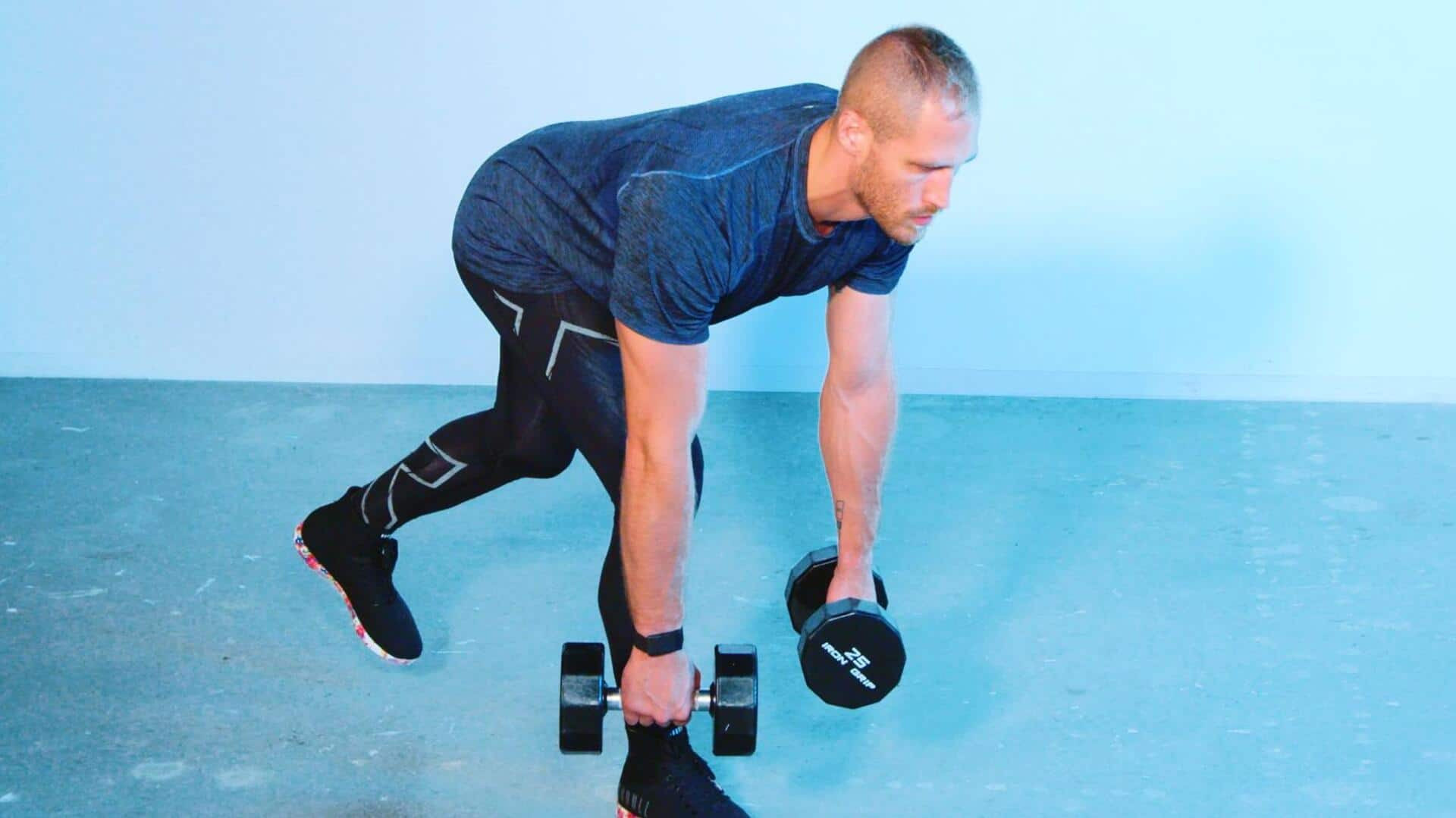How single-leg deadlifts can elevate your fitness game
What's the story
The single-leg deadlift is a true unsung hero of the exercise world.
This dynamic movement works wonders on multiple muscle groups, supercharging strength, balance, and flexibility all at once.
While it's often overshadowed by the more commonly practiced two-legged deadlift, the single-leg version offers distinct advantages.
Read on to discover how adding single-leg deadlifts to your routine can take your fitness game to new heights.
#1
Boosts core stability and balance
The single-leg deadlift strengthens your core as you stabilize on one leg, promoting stability and balance.
This exercise enhances coordination, minimizing the risk of falls or injuries in everyday activities or other exercises.
It's a great way to push your body and establish a base for more advanced workouts, hence it is important for overall stability improvement.
#2
Enhances functional strength
This exercise replicates real-world motions like bending down to grab your phone off the floor (except you're doing it on one leg), so it's super practical.
By strengthening your body with exercises like the single-leg deadlift, you're not just building muscle - you're enhancing your ability to navigate life with ease.
This translates to better posture, less back pain, and ultimately a higher quality of life.
#3
Promotes muscle symmetry and reduces imbalances
Most people have one side that's stronger or more dominant.
The single-leg deadlift eliminates this issue by isolating each leg, forcing both sides to work equally hard.
This emphasis on individual leg strength corrects muscular imbalances and fosters symmetry throughout the body.
By doing so, it greatly minimizes the risk of injuries resulting from overcompensation for weaker muscles.
#4
Increases flexibility and range of motion
Single-leg deadlifts provide an excellent stretch for the hamstrings, increasing flexibility and range of motion in the hips and lower back.
This exercise is perfect for anyone looking to improve mobility for sports or physical activities.
Regular practice helps to address muscular imbalances, promoting body symmetry and minimizing injury risks.
It's a powerful way to build functional strength and elevate overall physical performance.
